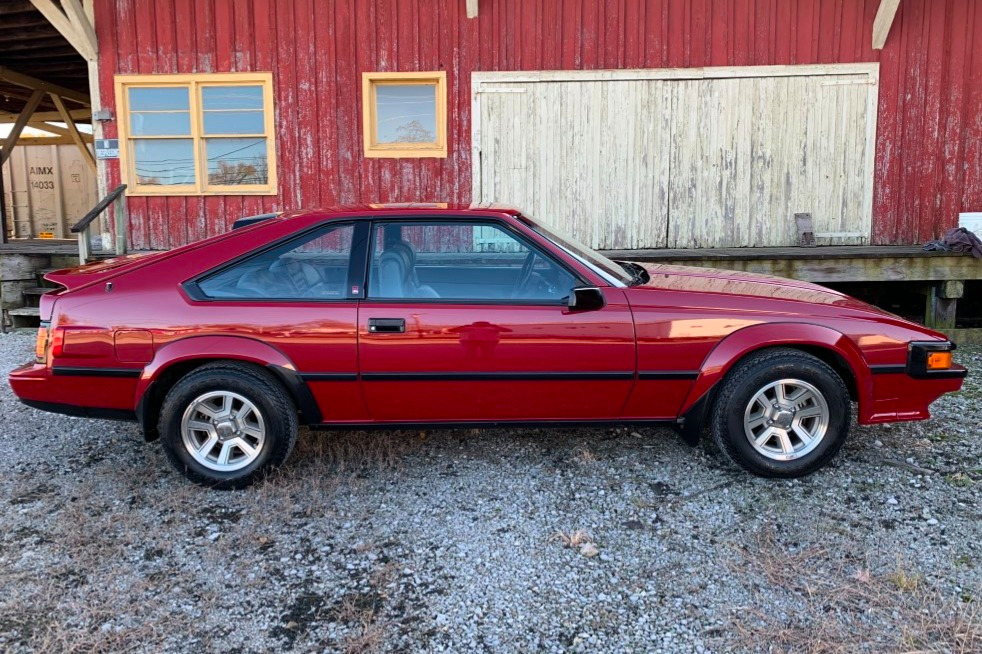1985 Toyota Celica Supra P-Type #41025. S/N JT2MA67L2F0167981. 13,000 miles shown. “Single owner from new, 2.8-L DOHC inline 6, A43DE 4-speed automatic transmission, limited-slip differential, Super Deep Red paint, gray leather upholstery, sunroof and two-piece rear spoiler, power windows, locks, mirrors.” Condition: 1. SOLD AT $40,425. Bring a Trailer, 12/4/2020. By the mid-1970s, Toyota saw…
Toyota Celica, Subaru WRX STI, Honda Element

